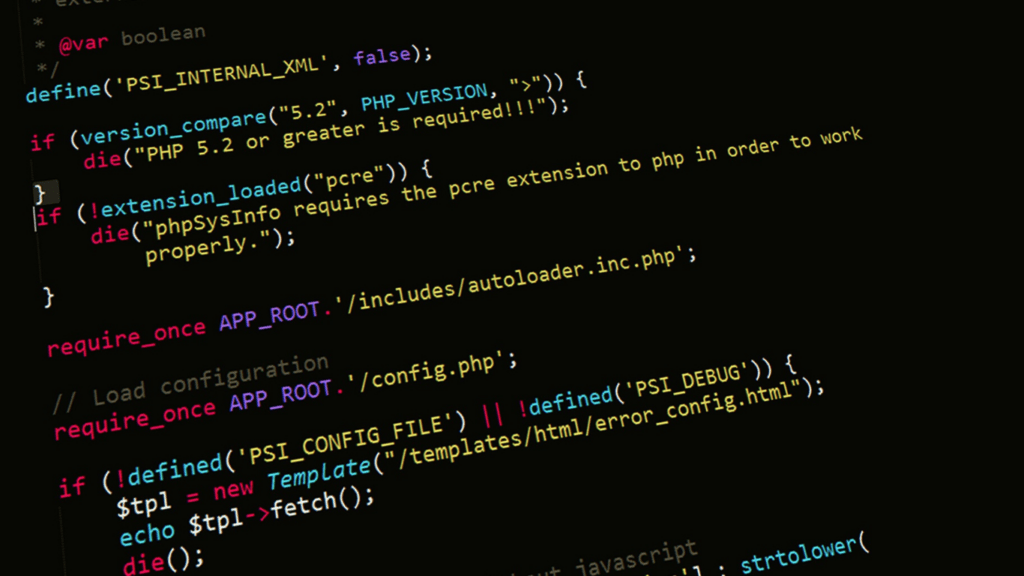Understanding Modular Codebases
A modular codebase organizes code into distinct, self-contained units or modules, each serving a specific purpose. These modules interact with each other through well-defined interfaces, reducing interdependencies and increasing flexibility. By dividing responsibilities, modular design simplifies maintenance and enhances clarity as the project scales.
Modular codebases prioritize reusability. For example, a module handling user authentication can serve multiple applications without modification. This approach minimizes redundancy and accelerates development cycles by leveraging pre-built components.
Scalability is another key advantage. As requirements change, adding or modifying modules becomes straightforward without affecting unrelated parts of the system. This ensures codebases remain adaptable in dynamic environments.
Consistency in patterns and structure helps enforce modularity. Well-defined folder hierarchies, naming conventions, and separation of concerns contribute to predictable and manageable code. Tools like dependency injection frameworks and module bundlers can further reinforce modular principles.
The Importance Of Scalable Codebases

Scalable codebases provide a foundation to manage growth without compromising quality. They simplify like:
- collaboration
- maintenance
- adaptation as project demands evolve
Benefits For Development Teams
- Organizing code around scalability enhances efficiency for development teams.
- Clear structures reduce onboarding time for new developers, enabling them to navigate and contribute more effectively.
- Defined modules, such as database connectors or utility libraries, improve collaboration by allowing team members to work on isolated components simultaneously.
This prevents merge conflicts and ensures that parallel workflows remain productive.
Adaptable codebases also support innovation. Teams can experiment with additional features or integrations, like adding a third-party analytics tool, without risking disruptions to existing functionality.
Long-Term Maintenance Advantages
Scalable structures lower technical debt by reducing redundancy and promoting consistent design patterns. Modularized code avoids large-scale code duplication; for instance, a shared API handler can be reused across services rather than rewritten for each. Predictable file hierarchies and naming conventions make debugging faster by helping developers locate issues quickly, even in unfamiliar areas of the codebase.
Scalability simplifies future updates. Teams can modify or replace isolated components, like updating a payment gateway module, without propagating changes downstream. This incremental adaptability avoids time-consuming refactoring and keeps the system more resilient to evolving requirements.
Key Principles For Structuring Codebases
Organizing codebases around proven principles determines the foundation of scalability and maintainability. These principles serve as guidelines to help developers write structured, efficient, and modular code.
Separation Of Concerns
Each module or component serves a distinct responsibility. I ensure that the database handling, user interface, and business logic exist in separate classes or modules. This lets me modify or update one part of the code without affecting others, reducing potential errors during changes. For example, isolating user authentication logic ensures any updates won’t inadvertently disrupt unrelated functionalities.
DRY (Don’t Repeat Yourself) Principle
Reducing code redundancy improves maintainability and readability. I consolidate repetitive code into shared utilities or functions, ensuring updates occur in one place instead of multiple instances. For example, creating a single function for API requests eliminates the need to replicate request logic across different modules, streamlining future modifications.
Proper Dependency Management
Managing dependencies between modules minimizes complexity and improves consistency. I use dependency injection frameworks like Spring or Angular to decouple classes, enabling easier testing and substitution. For example, injecting database configurations into a service class prevents hard-coded references, making it easier to swap databases if needed.

 Frank Gilbert played an instrumental role in shaping the foundation of Code Hackers Elite. With a sharp eye for innovation and deep expertise in software architecture, Frank was central in building the technical framework that powers the platform today. His commitment to clean, scalable code and forward-thinking development practices helped establish a strong backbone for the site, ensuring that the delivery of tech news and coding resources remains seamless and efficient for users worldwide.
Frank Gilbert played an instrumental role in shaping the foundation of Code Hackers Elite. With a sharp eye for innovation and deep expertise in software architecture, Frank was central in building the technical framework that powers the platform today. His commitment to clean, scalable code and forward-thinking development practices helped establish a strong backbone for the site, ensuring that the delivery of tech news and coding resources remains seamless and efficient for users worldwide.
